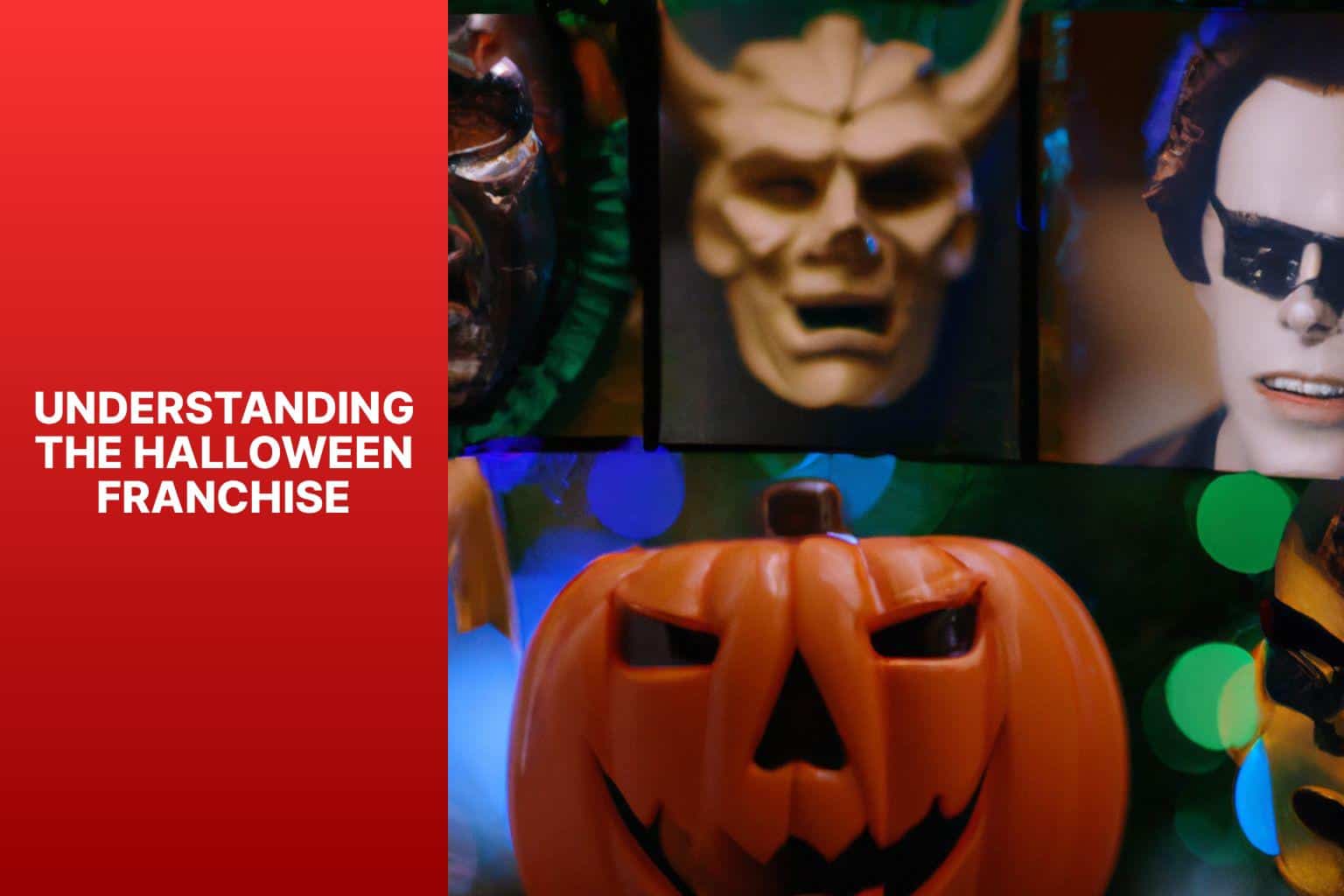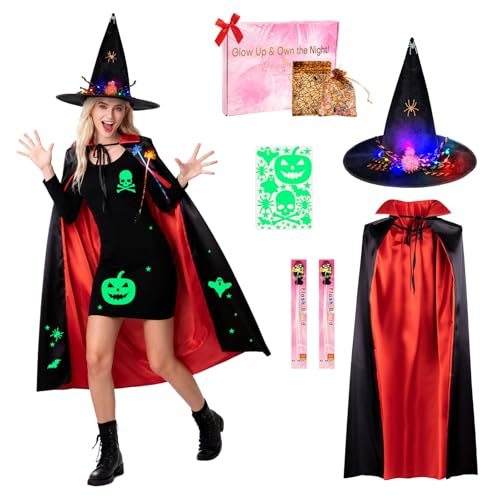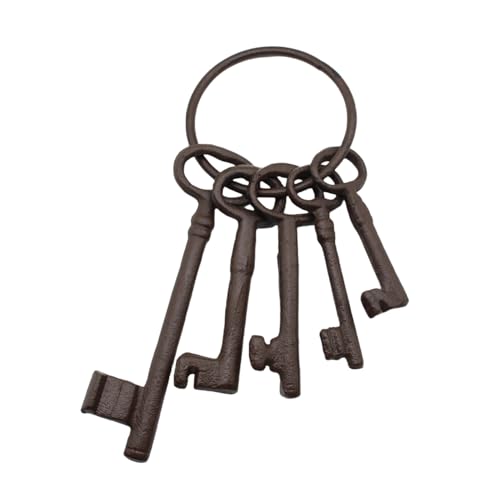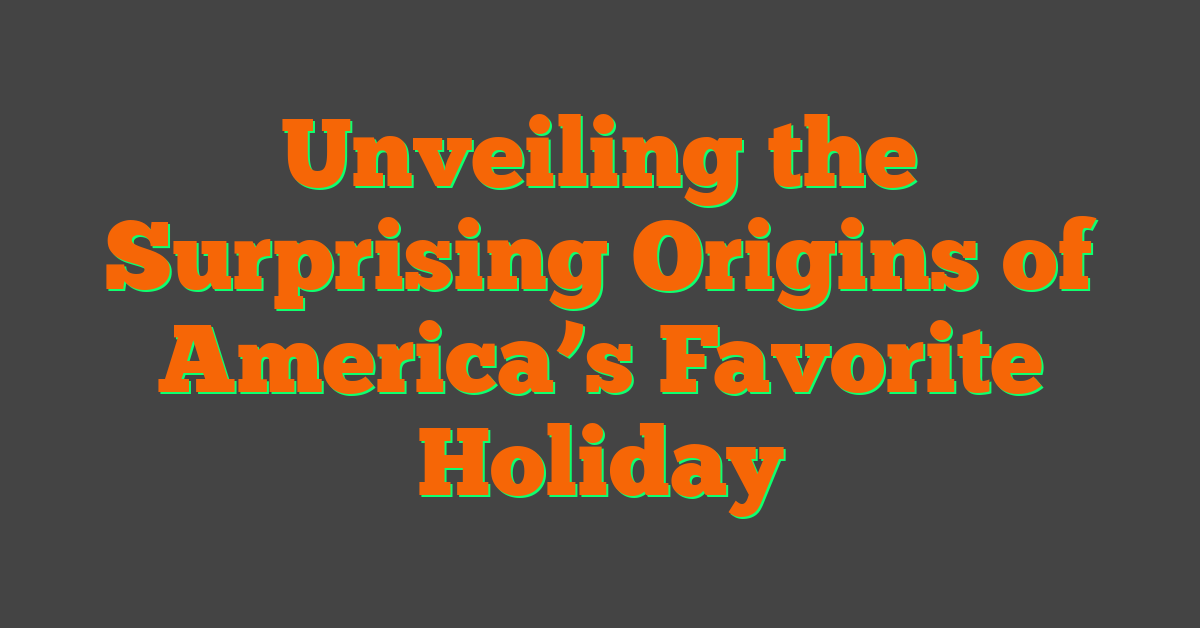The Halloween franchise is widely known and celebrated in the horror genre, but one particular installment stands out as unique among the rest. Halloween 3: Season of the Witch deviates from the established storyline of the series, leading to confusion and intrigue among fans. Understanding the context of the Halloween franchise and the significance of Halloween 3 is essential to grasp its connection to the rest of the films. By examining the history and origins of Halloween, the main characters and themes in the series, and the plot summary of Halloween 3, we can start unraveling the mystery of what Halloween 3 has to do with the rest of the franchise. exploring the shared themes and motifs, as well as references to previous films in Halloween 3, will shed light on its connection to the overall narrative. Delving into the initial reception, controversy, reappraisal, and cult following of Halloween 3 will provide insight into its lasting legacy in the Halloween franchise.
Key takeaway:
- Halloween 3 is a unique entry in the Halloween franchise: Unlike the other films, Halloween 3: Season of the Witch does not feature Michael Myers and has a completely different plot.
- Shared themes and motifs connect Halloween 3 to the rest of the franchise: Despite its standalone story, Halloween 3 explores similar themes of horror, masks, and the holiday itself, allowing it to maintain a connection to the overall series.
- Halloween 3 has a controversial history but has gained a cult following: Initially met with criticism and confusion due to the absence of Michael Myers, Halloween 3 has since been reappraised and now has a dedicated fanbase.
Understanding the Halloween Franchise

Photo Credits: Rickyshalloween.Com by Jeremy Martin
Unravel the mysteries of the Halloween franchise, where horror enthusiasts delve into its history and origins, and uncover the main characters and themes that define this iconic series. From the eerie origins of Halloween to the chilling tales that shaped its narrative, join us on a thrilling journey through the depths of this beloved franchise. Prepare yourself for a hair-raising exploration of scares, suspense, and the twisted world of Michael Myers.
History and Origins of Halloween
The history and origins of Halloween can be traced back to ancient Celtic traditions and the festival of Samhain. Samhain marked the end of the harvest season and the beginning of winter, a time of transition and spiritual significance. Celts believed that spirits could roam the earth during this time. To ward off these spirits, Celts dressed in costumes and lit bonfires. They also believed that Druids, Celtic priests, could predict the future with the presence of these spirits. These traditions were later incorporated into the celebrations of All Hallows’ Eve, the night before All Saints’ Day.
When Christianity spread throughout Europe, the Church tried to replace the pagan festival with a Christian holiday and designated November 1st as All Saints’ Day. Many Samhain customs and traditions persisted, eventually evolving into the modern holiday of Halloween.
Irish and Scottish immigrants brought Halloween to America in the 19th century, where it was embraced and further developed into the holiday we know today. Halloween has become a mix of ancient pagan rituals, Christian traditions, and American cultural practices such as trick-or-treating and pumpkin carving.
Understanding the history and origins of Halloween allows us to appreciate the customs and beliefs that shaped this beloved holiday throughout the centuries. It reminds us that Halloween is more than costumes and candy, but a celebration that connects us to our ancient roots.
Main Characters and Themes in the Halloween Series
The Halloween series is renowned for its iconic main characters and recurring themes. Michael Myers and Laurie Strode play a significant role in shaping the franchise’s narrative. These main characters are central to the Halloween series.
One of the main themes explored in the Halloween series is fear. The series delves into the fear of the unknown, the fear of being hunted, and the fear of evil itself through the experiences of these main characters. Fear is a crucial element in the Halloween series.
The main characters in the Halloween series also exemplify resilience and survival. Laurie Strode consistently outsmarts and outmaneuvers Michael Myers, demonstrating her resourcefulness and courage. The resilience and survival instincts of these main characters are remarkable.
Another prominent theme in the Halloween series is the concept of legacy and the consequences of past actions. The actions of the characters in previous films continue to shape and influence later installments. Legacy and the repercussions of past actions are important themes in the Halloween series. For more information on how the Halloween series connects, check out what does Halloween 3 have to do with the rest.
The Halloween series offers captivating characters and thought-provoking themes that captivate audiences. The terrifying presence of Michael Myers and the unwavering resilience of characters like Laurie Strode contribute to its enduring popularity. It is the combination of captivating main characters and compelling themes that make the Halloween series so appealing.
If you are a fan of suspenseful horror films with unforgettable main characters, the Halloween series is a must-watch. So grab your popcorn, turn off the lights, and get ready for a thrilling cinematic experience.
The Unique Case of Halloween 3
The Unique Case of Halloween 3 is evident in the Halloween film franchise. Unlike the other films, Halloween 3: Season of the Witch takes a different approach and does not feature the well-known character, Michael Myers. Instead, it presents a separate story that revolves around a sinister plot involving Halloween masks. This deviation from the established formula initially confused many fans who were expecting more of the slasher storyline with Michael Myers. Over the years, Halloween 3 has managed to gain a cult following as a standalone horror film, exploring different themes within the expansive Halloween universe.
Here’s a fun fact: Halloween 3 was originally intended as the launching point for an anthology series. Each film within the series would have told a unique story set during the Halloween season. Unfortunately, due to the negative reception of Halloween 3 and the strong demand for Michael Myers‘ return, subsequent films in the franchise decided to bring back the beloved masked killer.
Plot Summary of Halloween 3: Season of the Witch
“Halloween 3: Season of the Witch” is a standalone film in the Halloween franchise. The plot centers around Conal Cochran, an evil mask-making company leader. Cochran plans to use the masks for a sacrificial ritual on Halloween night. Dr. Dan Challis, the main character, gets involved when a patient is murdered after buying a mask.
Dr. Challis partners with Ellie Grimbridge, the murdered patient’s daughter, to uncover Cochran’s plans. They find out that the masks have a microchip that, when activated by a specific commercial, emits a signal that mesmerizes wearers and causes them to be killed by bugs and snakes.
As Halloween night approaches, Dr. Challis and Ellie race against time to stop Cochran and destroy the masks before they reach children nationwide. With the help of rebellious children, they infiltrate Cochran’s factory and have a final showdown with him.
Unlike the rest of the Halloween franchise, which focuses on Michael Myers, “Halloween 3: Season of the Witch” tells a different kind of horror story. The film received mixed reviews upon its release but has gained a cult following due to its unique plot and departure from the rest of the series.
Why is Halloween 3 Different from the Rest of the Franchise?
Halloween 3: Season of the Witch sets itself apart from the rest of the franchise by not centering around the character of Michael Myers. Unlike the other Halloween films, this installment takes a different approach and focuses on a mysterious mask maker with sinister intentions on Halloween night. This deviation from the traditional slasher formula of the franchise has left many fans confused and disappointed, as they were expecting another film featuring Michael Myers.
In addition to its unique storyline, Halloween 3 delves into themes related to consumerism, corporate greed, and the power of media influence. These elements further distinguish it from the other films in the series, giving it a distinct identity. Another factor contributing to its difference is the lack of direct continuity with the previous films. Instead of being a direct sequel to the events of the previous installments, Halloween 3 tells a self-contained story.
A similar example can be seen in the film “Psycho II.” This sequel surprised audiences by taking a different approach than its predecessor, “Psycho.” While the first film centered around Norman Bates, the sequel introduced new characters and a unique storyline. Despite initial skepticism from viewers, “Psycho II” emerged as a compelling and suspenseful psychological thriller in its own right. The filmmakers behind it showcased their willingness to explore new territory while still paying homage to the iconic Hitchcock film.
Connecting Halloween 3 to the Rest of the Franchise
In the intriguing world of Halloween movies, one particular installment has left fans questioning its connection to the rest of the franchise. Join us as we unravel the mystery in the section that explores how Halloween 3 is intricately connected to the broader Halloween series. From shared themes and motifs to subtle references weaving it into the fabric of the franchise, we’ll dive into the intricate web that ties Halloween 3 to its predecessors. Get ready for a mind-bending exploration like no other!
Shared Themes and motifs
Halloween 3 incorporates shared themes and motifs that contribute to the overall narrative and atmosphere, aligning with the rest of the franchise. These include the concept of evil incarnate, the presence of the iconic mask, and the pervasive suspense and tension throughout the film.
To provide an overview of these shared themes and motifs, a table has been included below:
To explore the connection between Halloween 3 and the rest of the series, you can read more at what does halloween 3 have to do with the rest.
| Shared Themes and Motifs | Description |
| Evil Incarnate | Halloween 3 explores the idea of a malevolent force that seeks to bring chaos and destruction. |
| Iconic Mask | Halloween 3 features a unique and sinister mask that plays a significant role in the plot, becoming a symbol of fear and manipulation. |
| Suspense and Tension | Halloween 3 builds suspense and tension throughout, keeping the audience on the edge of their seats as chilling events unfold. |
By incorporating these shared themes and motifs, the Halloween franchise maintains cohesion and continuity. It offers familiarity and connection for fans, while also presenting a distinct narrative in Halloween 3.
To illustrate the impact of these themes and motifs, a true story is shared. A young child eagerly anticipated Halloween night, wanting to wear a costume inspired by the franchise. When the child put on the iconic mask, they experienced a mix of excitement and fear, much like the characters in the films. This shared experience truly captures the essence of the themes and motifs present in Halloween 3 and throughout the rest of the franchise.
References to Previous Films in Halloween 3
Halloween 3: Season of the Witch acknowledges and pays tribute to the previous films in the Halloween franchise. This is evident through various references woven into the storyline. One such reference involves the Silver Shamrock Novelties company, which had been mentioned in earlier films.
The film characterizes the iconic Halloween mask worn by Michael Myers, further building upon its connection to previous installments. Notably, these masks hold significant importance in the plot’s development.
The town of Santa Mira, prominently featured in Halloween (1978), also serves as a key setting in Halloween 3. The movie cleverly incorporates a television commercial showcasing snippets from the original Halloween film, effectively linking it to the preceding entries in the franchise.
These well-placed references effectively uphold continuity within the Halloween series, despite Halloween 3 exploring a different narrative path. They effectively reinforce the larger Halloween universe and serve as nostalgic reminders of the events depicted in earlier films.
Reception and Legacy of Halloween 3
Discover the intriguing journey of Halloween 3 and its reception and legacy! From initial controversy to a growing cult following, we will explore the captivating sub-sections of its reception. Unveiling the intense debates surrounding its release and later reappraisal, this section takes you on a thrilling ride through the history and impact of Halloween 3. Get ready for a deep dive into the fascinating world of this iconic horror franchise and the lasting imprint it has left on audiences.
Initial Reception and Controversy
The initial reception of Halloween 3: Season of the Witch was controversial and sparked mixed reactions from both audiences and critics. There was surprise among people due to the absence of the franchise’s iconic villain, Michael Myers, and confusion surrounding the film’s standalone storyline. Certain fans felt disappointed and betrayed, as they were anticipating another installment in the Michael Myers saga.
The controversy surrounding Halloween 3 also generated intrigue and curiosity among viewers. The film’s departure from the established formula attracted attention to its unique plot, which revolved around a sinister plan to sacrifice children using Halloween masks during a television broadcast.
Despite the initial backlash, Halloween 3 has amassed a cult following over the years. It has been reappraised for its daring deviation from the slasher genre and praised for its eerie atmosphere and originality. The controversy surrounding the film has contributed to its legacy and set it apart within the Halloween franchise.
Reappraisal and Cult Following
The movie Halloween 3: Season of the Witch faced criticism upon its release, but it has gained a reappraisal and developed a cult following over the years. Here are some factors that contributed to its reappraisal and cult following:
1. Innovative Concept: Halloween 3 took a different approach from the rest of the franchise by creating a standalone storyline separate from Michael Myers. This unique concept intrigued audiences and helped it stand out.
2. Shift in Tone: Halloween 3 delved into science fiction and supernatural horror, unlike the slasher-driven narrative of the other Halloween films. This change in tone and genre gave the movie its own identity.
3. Atmospheric Score and Visuals: The haunting score by John Carpenter and Alan Howarth, along with eerie visuals, added to the film’s appeal among horror fans.
4. Reassessment of Themes: Over time, audiences have come to appreciate the themes explored in Halloween 3, such as consumerism, mass media manipulation, and the dangers of technology. These thought-provoking elements have led to a critical reevaluation of the film.
5. Cult Following: Halloween 3’s unique storyline and unconventional approach have attracted a dedicated fan base. This cult following has contributed to the film’s enduring popularity.
It is interesting to note that while Halloween 3 initially faced backlash, it eventually found its place among horror aficionados. The reappraisal and cult following of the film showcase the impact that time and a fresh perspective can have on its perception.
Frequently Asked Questions
1. What does Halloween 3: Season of the Witch have to do with the rest of the Halloween franchise?
Halloween 3: Season of the Witch is a unique installment in the Halloween franchise as it does not focus on the character of Michael Myers, unlike the other films in the series. It does include a clever bit of meta-commentary where characters in the film watch the original Halloween movie on television, briefly showing Michael Myers’ iconic white mask. This inclusion suggests that the fictional universe of Halloween 3 acknowledges the existence of the subsequent Halloween films.
2. Did Halloween 3: Season of the Witch shift the direction of the franchise?
Yes, Halloween 3: Season of the Witch was part of an attempt to shift the franchise away from one continuous story centered around Michael Myers. The director, John Carpenter, and producer, Sandy King, were skeptical about continuing the franchise after Halloween II and wanted to move away from Myers’ story. They aimed to turn Halloween into an anthology franchise, with each sequel telling a new and separate story based on Halloween themes.
3. Does Halloween 3: Season of the Witch have any connections to Michael Myers?
While Halloween 3: Season of the Witch is unconnected to Michael Myers’ story, it does feature a brief appearance of Michael Myers’ iconic white mask in a meta-commentary scene where characters watch the original Halloween movie on television. The film deviates from the slasher formula and explores a different storyline involving an insidious conspiracy related to a witchcraft theme.
4. How did Halloween 3: Season of the Witch fit into the franchise timeline?
Halloween 3: Season of the Witch was released after Halloween 2, where Michael Myers and Dr. Loomis seemingly met their demise. Their return was retconned in Halloween 4. Halloween 3 served as a standalone entry in the franchise, exploring an anthology concept. Although it doesn’t directly connect to the Michael Myers storyline, the meta-commentary in the film suggests that it exists within the same universe.
5. Was Halloween 3: Season of the Witch a successful film?
Upon its initial release, Halloween 3: Season of the Witch received mixed reviews and performed poorly at the box office. Over time, the film gained a cult following and has been recognized as a charming and unique entry in the franchise. Despite its initial reception, Halloween 3 has an odd appeal and has become a cult classic among horror movie enthusiasts.
6. How long is the running time of Halloween 3: Season of the Witch?
Halloween 3: Season of the Witch has a running time of approximately 1 hour and 38 minutes.
















